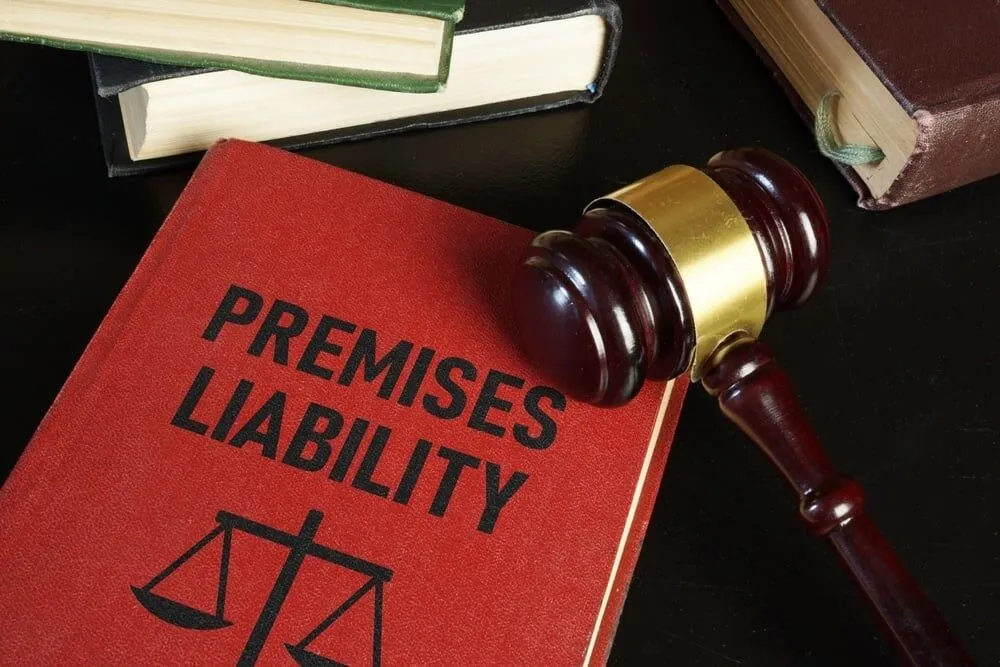In the complex realm of dust disease compensation, especially those resulting from exposure to dangerous dust, knowing the ins and outs of dust sickness compensation may have a big impact on how your case turns out. A maze of legal issues, medical examinations, and responsibility assessments are often faced by those who have been harmed by dust-related illnesses such silicosis or asbestosis. In addition to shedding light on the processes for proving exposure, responsibility, and the magnitude of medical losses, this blog explores practical tactics for optimising your compensation claim.
Exposure Establishment: Recording Your Work History
In order to support a claim for compensation for dust sickness, a claimant must carefully record their work history, emphasising the kind and length of exposure to hazardous elements. This includes recognising certain places, equipment, and procedures that could have led to exposure in addition to just remembering job names and duties.
Speaking with former coworkers or managers might provide priceless testimony that supports your account of the dangerous working circumstances. Additionally, obtaining any environmental assessments or safety reports that are accessible from your place of employment will greatly strengthen your case by providing verifiable proof of the risks there. These records might be crucial pieces of proof, creating a chronology connecting your job with the start of your dust illness.
Preserving a thorough record of all the visits, diagnosis, and therapies associated with your disease is equally important. By proving not just the existence of the illness but also its ongoing effects on your health and way of life, this thorough evidence builds a strong foundation for your claims.
Determining Liability: Locating Accountable Parties
After exposure has been determined, evaluating responsibility is a critical next step. Several parties, including contractors, equipment makers, and employers, may be held accountable in incidents involving dust infections. Consequently, it is crucial to conduct a comprehensive examination of your employer’s rules and procedures during your employment.
Analysing the safety procedures that were—or were not—in existence at the time might provide important information about possible carelessness. It may greatly strengthen your claim for compensation if it can be shown that your company did not follow safety laws or provide proper protective gear. Furthermore, your case is reinforced if there is proof that they knew the dangers of dust exposure yet choose to disregard their duty of care.
In some cases, third-party responsibility could also apply, especially if a product you used at work increased your exposure. This may expand the pool of liable parties and raise the likelihood of a successful claim by requiring a thorough examination of all relevant parties engaged in your work environment.
The Value of Professional Advice in Legal Representation
When dealing with the complexity of legal procedures and the subtleties of medical data, navigating the difficulties of a dust disease compensation claim may be quite difficult. To increase your chances of success, it is crucial to work with an attorney that specialises in occupational health claims.
In order to help you navigate the complexities of the legal system, an experienced attorney may provide a wealth of expertise about the particular rules and regulations regulating dust illness claims. They can help you make your case persuasively, communicate with medical professionals, and collect the required paperwork. Additionally, you may concentrate on your health and recuperation by having a legal expert advocate on your side to lessen some of the emotional strains related to filing a claim.
Your lawyer may also advise you on the most effective negotiating tactics, making sure you are ready to handle any obstacles that may come up. In order to maximise your possible compensation and protect your interests at every stage, their experience may be quite helpful when negotiating settlement talks or court procedures.
Court Preparation: Developing a Strong Argument
A comprehensive preparation is essential if your case goes to trial. Gathering all pertinent information is necessary for this, including medical records, expert testimony, occupational histories, and any paperwork proving exposure and culpability. It is crucial to arrange this material in a logical and convincing way as it will help convince the judge that your statements are true.
Additionally, it might help to practice your testimony so that you can effectively describe your experiences and the effects of your dust condition. By practicing with your attorney, you may better prepare for any questions or difficulties that could come up during cross-examination, allowing you to answer with confidence and effectiveness.
Understanding the legal procedures that are involved in your case is also essential. This includes knowing how the case will move generally, the responsibilities that the different parties will play in court, and how the evidence will be presented. Understanding these factors might help you feel less nervous about appearing in court and give you the confidence you need to handle the situation.
The Function of Proof in Supporting Your Allegation
The importance of proof in a dust sickness compensation claim cannot be emphasised enough. The strength of your argument will be strongly impacted by the quality and pertinence of the evidence you provide. In addition to personal information like medical records and work histories, it is crucial to collect more general evidence that places your exposure in context. This might include professional evaluations of working conditions, epidemiological research showing connections between certain dust exposures and health consequences, and even comments from former coworkers who can support your claims.
Additionally, you must keep a thorough record of every correspondence pertaining to your claim. This covers all of your communication with your legal counsel, healthcare providers, and employer. Such records may provide important context for your case and can be used as strong evidence in court if disagreements emerge about the kind of exposure you had or the severity of your illness. By carefully gathering and arranging this data, you build a strong portfolio that may greatly support your claims for dust disease compensation.
Handling Possible Defences and Obstacles
Being ready for any obstacles that may come up over the course of your dust sickness compensation claim is crucial, especially from the people you are suing. Employers or insurance companies often use a variety of legal defences to challenge your claims, from contesting the link between exposure and your disease to casting doubt on the reliability of your medical conclusions. You may create proactive tactics to successfully handle these difficulties by anticipating them.
A thorough grasp of the rules and court decisions governing occupational health claims in your area is essential to overcoming such defences. You and your lawyer may work together to create a strong counter-argument that makes use of expert witnesses who can clearly explain the causal relationships between your dust exposure and your illness. Knowing the many defences that may be used will help you be more prepared and maintain your determination during this very difficult procedure.
The Value of Assistance Programmes
The emotional and psychological toll of navigating a chronic illness and legal complications over the course of pursuing a dust sickness compensation claim cannot be overstated. It is important to have a strong support network since it may provide the required motivation and direction in trying situations. assistance groups, friends, family, and mental health specialists who specialise in helping people with chronic health conditions are some of the places where this assistance may be found.
Joining dust illness support groups may be very helpful as they provide a forum for exchanging experiences and learning from others who have gone through similar struggles. For information on the compensation procedure, practical guidance, and emotional support, these groups may be quite helpful. Speaking with mental health specialists may also assist you in creating coping mechanisms to deal with the emotional turmoil that may come with your illness and the quest for restitution. Making your health a top priority and encircling yourself with a solid support system can help you better handle the challenges of your claim and eventually lead to a more favourable result.
Conclusion:
In summary, maximising your dust disease compensation claim requires a multipronged strategy that includes estimating medical damages, proving culpability, recording exposure, and obtaining knowledgeable legal counsel. Every stage is essential to creating a strong argument that highlights the gravity of your illness and the injustices you have experienced.
By equipping yourself with information and using smart approaches, you may confidently traverse the legal landscape’s intricacies. Despite the difficulties along the way, the fight for justice via dust sickness compensation is not simply a personal one; rather, it is a larger struggle for responsibility and acknowledgement among the businesses that cause such crippling health problems. In the end, your efforts may help others who could have such difficulties in the future, in addition to facilitating your own recuperation.




